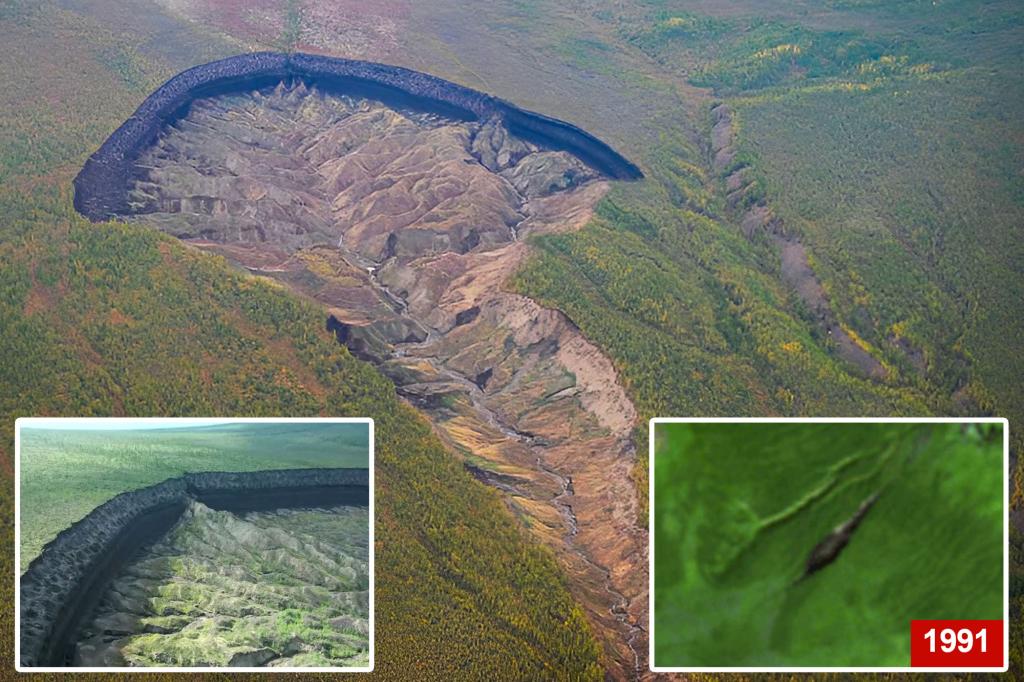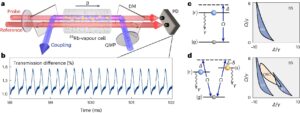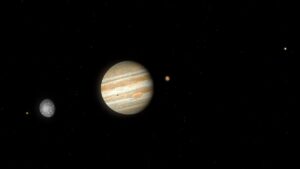A crater in Siberia is expanding faster than expected due to climate change, scientists have found, saying it is now causing problems for the surrounding habitat.
Batagayka Falls, known as the “Gateway to Hell” and located in the frosty Yana Mountains, currently covers about 200 acres of land and can be seen in satellite images taken from space.
The crater was first discovered in photographs taken in 1991 and has since grown in both width and depth as global warming causes permafrost (frozen ground sediment) to melt.
In a new study published in Geomorphology, glaciologist Alexander Kizyakov and his team used remote sensing and field data from laboratory samples taken in 2019 and 2023 to create a 3D view of the melting rate of permafrost.
They found that the crater was an astonishing 300 feet deep, and that there was little room to grow deeper, as the melted permafrost had almost reached the bedrock at the bottom.
However, the crater continues to expand outwards at an “accelerated rate”.
“The volume of cumulus retrogressive thaw (RTS) is increasing by approximately 1 million cubic meters per year,” Kizyakov wrote in the study.
This will cause problems for the nearby Batagai River as it will increase river bank erosion and affect the surrounding habitat.
Kizyakov and his team noted that the rapidly expanding crater may also increase greenhouse gas emissions as frozen nutrients thaw and are released into the atmosphere.
They estimate that 4,000 to 5,000 tons of organic carbon that was previously locked in permafrost is currently being released annually, and that number is likely to increase each year.
Nikita Tananaev, a researcher at the Melnikov Permafrost Institute in Yakutsk, Russia, who was not involved in this study, told Atlas Obscura that he was not surprised by the crater’s expansion.
“As we observe the current climate over the Verkhoyansk range, in the vicinity of the Batagai megafall, it is no surprise that the feature is growing so rapidly,” Tananaev says.
Temperatures in the area have been above average in recent years.
“Higher rates of retreat are expected to continue as we anticipate several more years of extremely high air temperature in this region,” he said.



